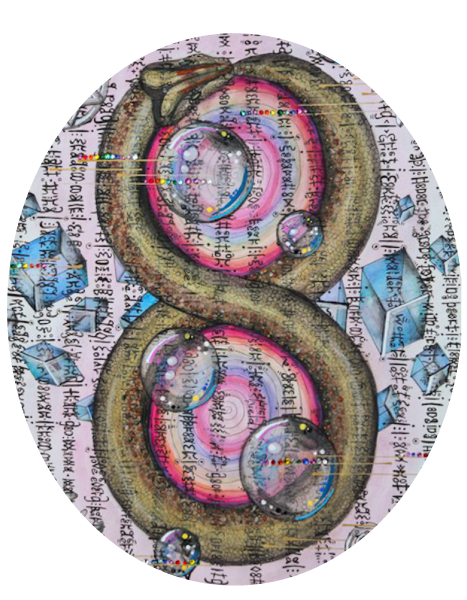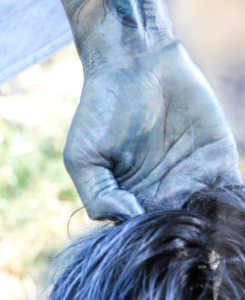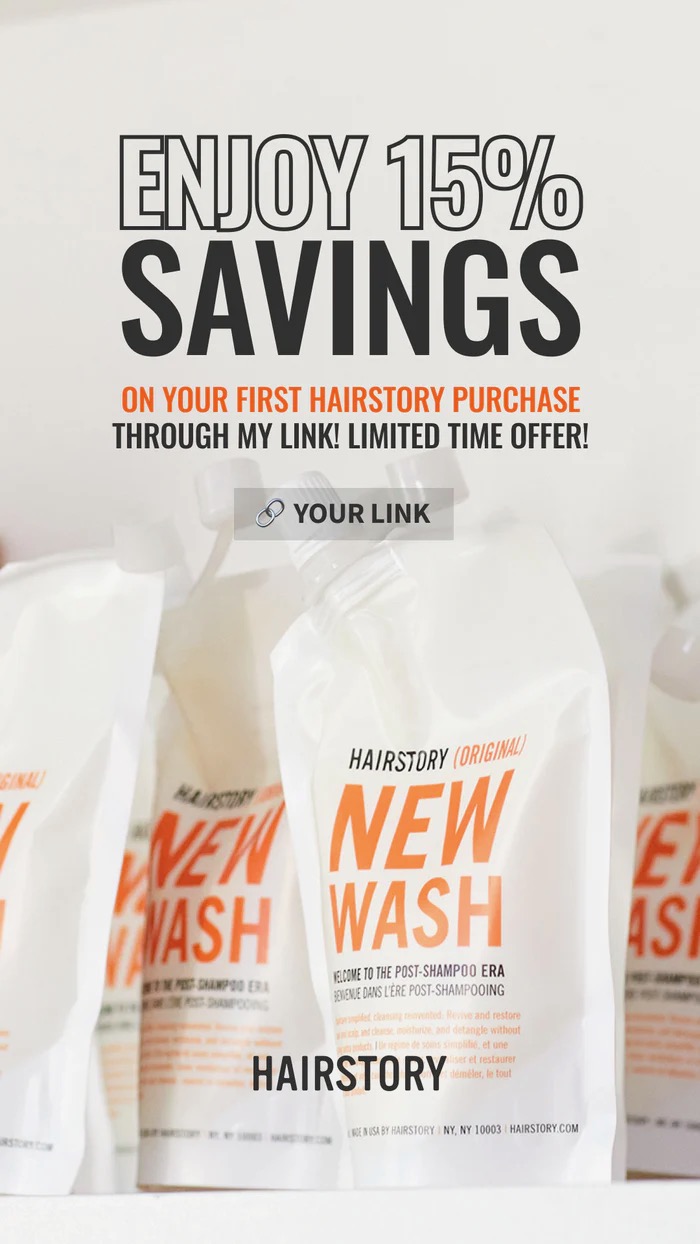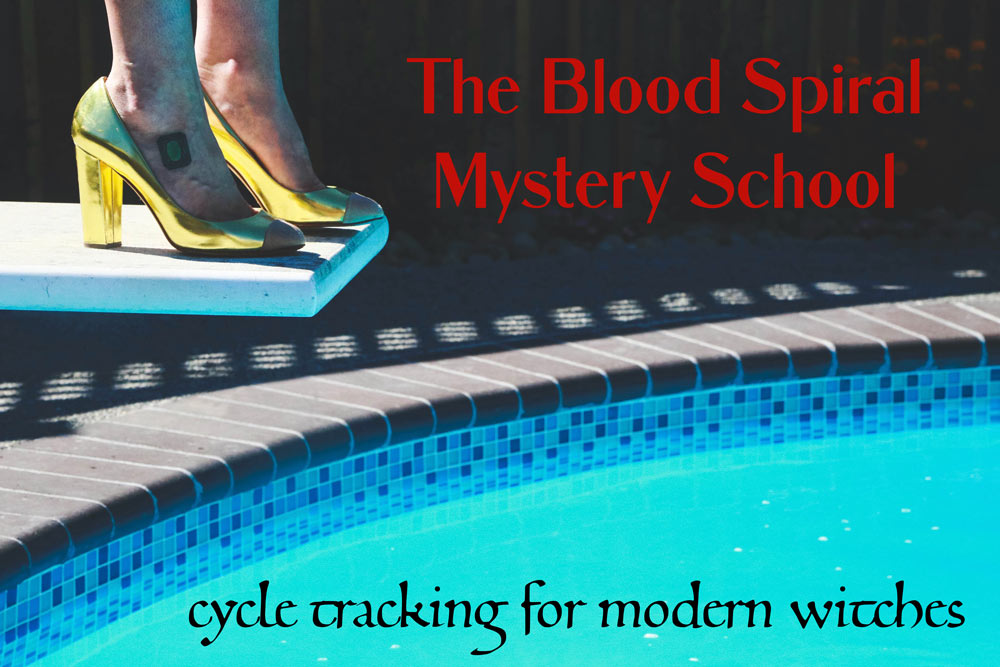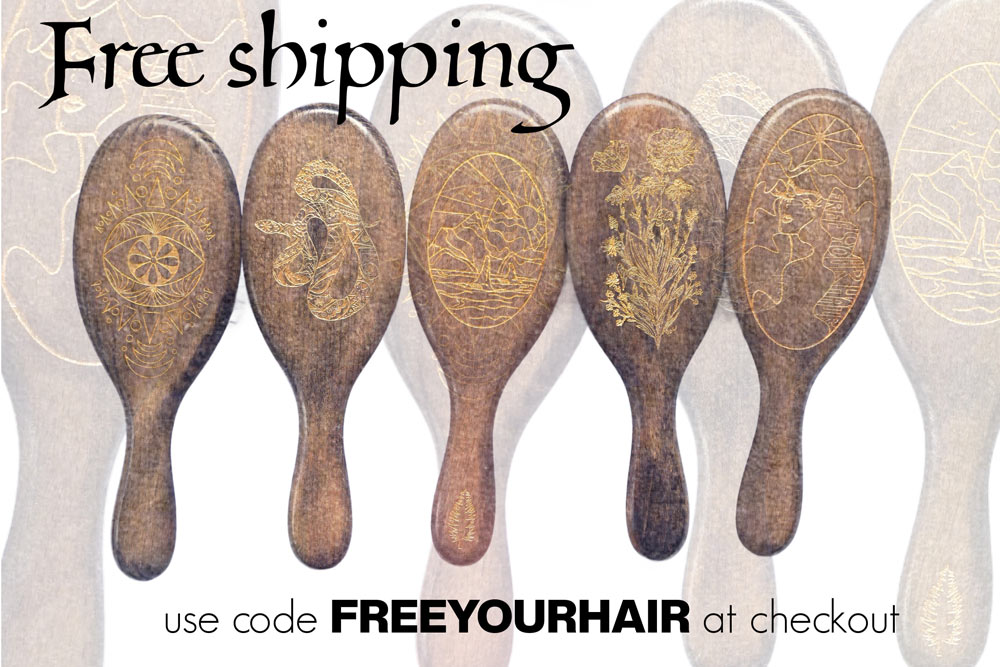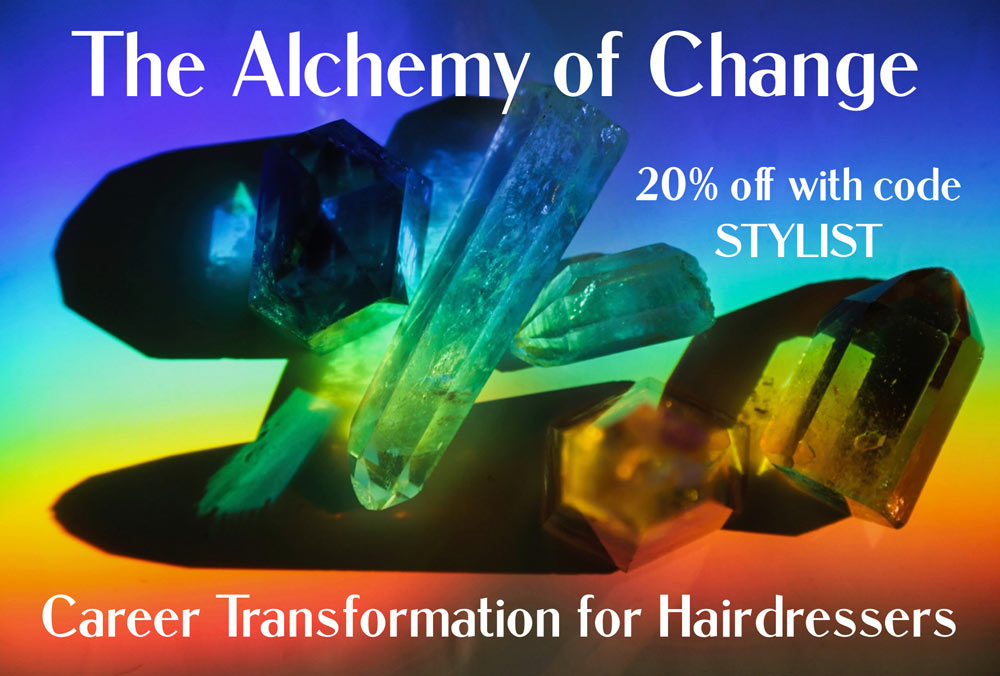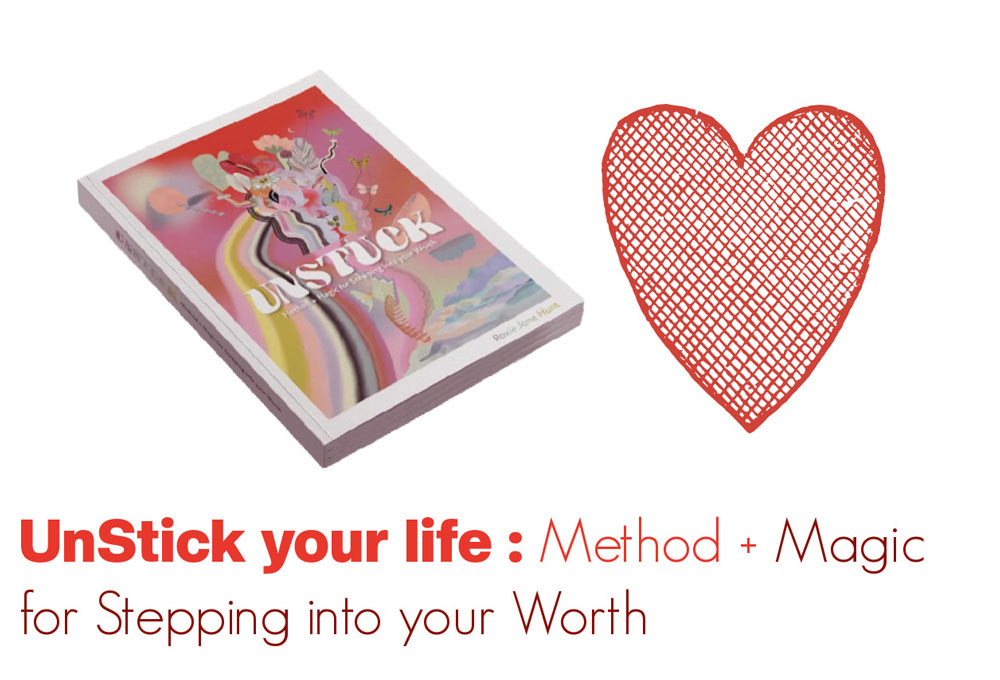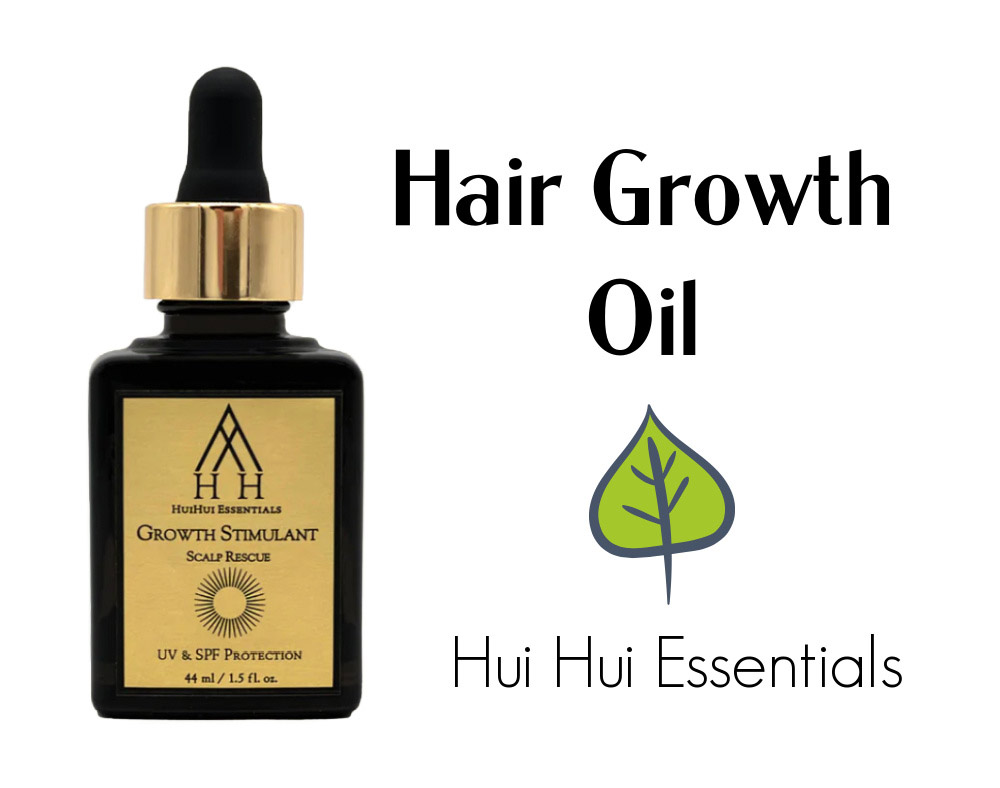Hello darlings. I had the pleasure of experimenting with something that has been on my bucket list for years recently. I have been concerned about the health of myself, family, loved ones and the planet in relation to the chemicals that are used in the hair business, and have been so very curious about plant-based alternatives to hair color.
I had the opportunity to take an Indigo dying workshop from the incredible Victoria Larnach a few years ago, and it really got me excited to play around more with Indigo dye and human hair. Lucky for me, Victoria took a pitstop in Seattle between west coast workshops to dip a human hair wig in the Indigo vat with me and school me on the history and the process and the cultural significance of dying textiles with the Indigo plant.
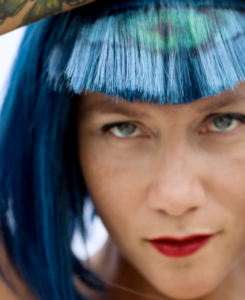
Here are some photos from our experiment, indigo wig modeled on Victoria herself, accompanied by some musings on Indigo and the color Blue.
We love to contemplate blue, not because it advances to us, but because it draws us after it.
-Goethe
Is to be in love with blue, then, to be in love with a disturbance? Or is the love itself the disturbance? And what kind of madness is it anyway, to be in love with something constitutionally incapable of loving you back?
-Maggie Nelson from ‘Bluets’
What exactly is Indigo?
Indigo is a plant that grows on nearly every continent around the equator, and further north and south. It likes warmer climates primarily, but it is well known around the world. There’s hundreds of different species. It is dried and powdered and used as a dye for textiles all over the world, and has been for centuries. (hello blue jeans!)
How does indigo work?
Indigo has this incredibly unique property with it’s chemical structure, that requires the oxygen molecule to be removed out of the indigo molecule in order for it to reduce properly. Reduction means that the pigment turns into dyestuff (liquid), as indigo pigment itself is hydrophobic, and therefore does not dye permanently very well without it being reduced first. A reduction agent is used to help the alchemy of the plant dissolve, and the agent is usually a sugar of some sort, which acts as an antioxidant and binds to the indigo molecule changing the structure completely. It’s quite fascinating and complex in it’s own wonderful way, and once this reduction happens, thats where we see the green dyestuff on the textile, in which it comes into contact with the oxygen in the air, immediately turns blue. Oxygen, I like to call it the breath of life because it truly lends to the magic of this process, comes back to assist in the dye turning that famous blue that we all seem to fall in love with. Subsequent dips and airing build deeper indigo colours.
Where did you learn about dying textiles with Indigo?
I first learned from master Dyer Aboubakar Fofana 3 years ago in Australia, and then I visited the family of @weavingoaxaca (Gutierrez family) of Zapotec tradition for an artist Residency learning their natural dye techniques and rug weaving. The rest is self taught!
Tell me about your love affair with the color blue.
Oh goodness….well…this colour, possesses me in the most wonderful and mystical way. It’s mystical and powerful to my creativity and calmness, a chaos controlled by this colour light frequency of indigo. Its a purity.

Tell me a bit about slow fashion and what it means.
Slow fashion – I love this because it really gives us a chance to THINK about what it means – most of us are used to, in fact we have grown up, with fast fashion, having it available at our fingertips, whatever we want when we want it, that we have rarely understood or learned the effects of this industry, not only to the environment but to the people who work within it. Who made your clothes? To me, if I can say that I made my clothes, I traced the source, I checked out and asked questions about where things were made, how they were made and who was involved, I feel much better and more empowered as a consumer but more importantly, as a MAKER. You are a maker and a creator, and what I love sharing about this sustainable approach is that slow fashion, especially with plant dyeing as it cannot be mass produced or rushed to get the results we want, requires us to slow down, put intention and story back into our lives with what we are wearing. I hope for this to return to schools and have kids and adults continue to grow up understanding the fundamentals and beauty of where our clothes come from, or HOW they can be created in a truly sustainable way. We focus so much on our food choices, why not our fashion choices? Is the soil that grows our food not the same soil that grows our clothes?…
What is your creative process like? Where are you headed creatively?
Ah! Yes! The alchemist is now opening the space to create and I couldn’t be more excited. I have been sharing workshops for nearly 3 years now, and they have been incredible, however it is time to start designing and creating my own line of clothing, different items for the home and for helping to ease the transition out of plastic wears like clothing and even plastic wrap in your kitchen, to designs that are more environmentally friendly, and beautiful. My background is in fashion design and I am also an artist painter, so combining these crafts are whats brewing and I am excited for everyone to see whats coming out next..
I also will continue with workshops, and would like to focus on building capsule “programs” where people can learn or it can be shared in schools as well… wrapping my head and heart around this idea currently but I feel this will be a powerful way to share this craft and topic of sustainability within the industry.
Please check out more of Victorias work here, and follow her on IG. I highly recommend taking a class from her!
Big thanks to this blue goddess and her teachings. And thank YOU for being here.
On a final note, just for the record: The shades of blue that we achieved on the wig could not be replicated by any direct hair color. They were the truest deepest blues I have ever seen. When I dipped my hands in the vat, I could literally feel the color blue between my fingers. Super unique experience.
xo, RJH
